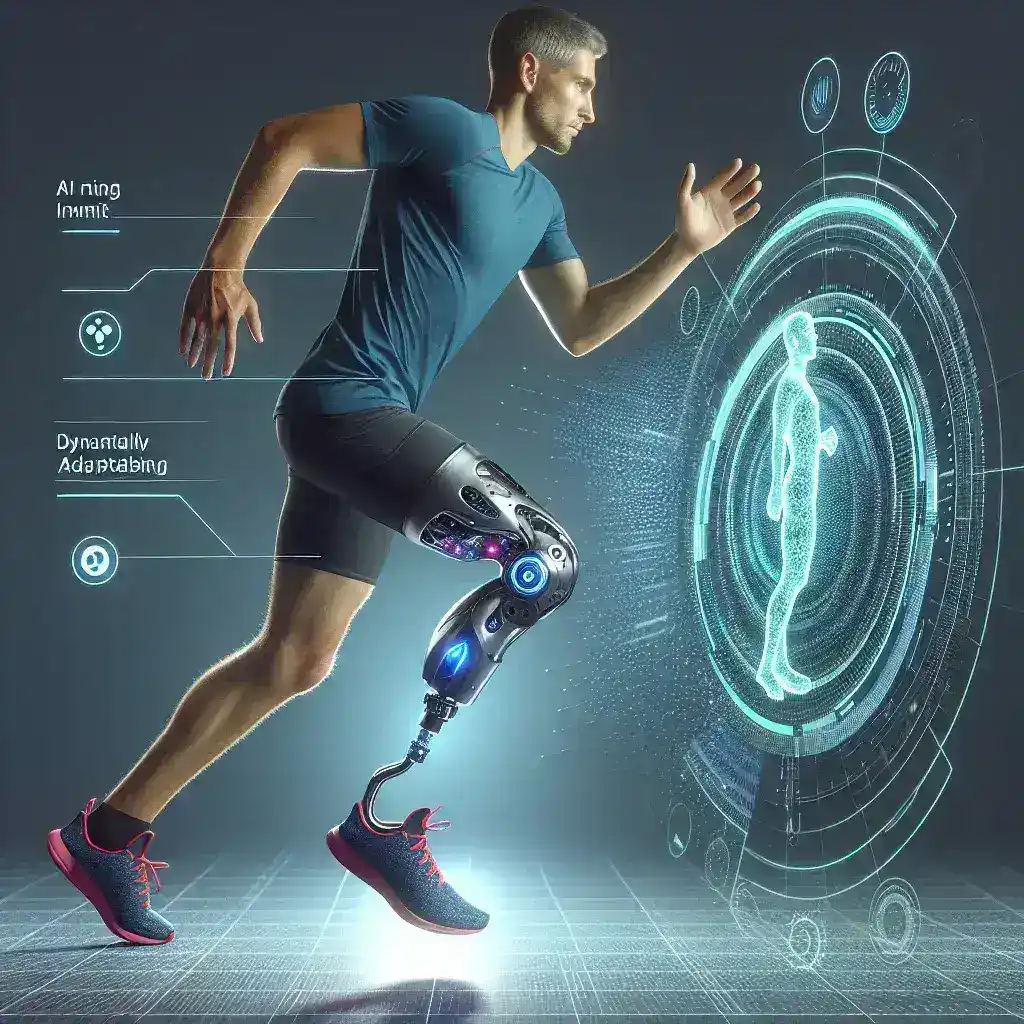Introduction
In recent years, the intersection of artificial intelligence and prosthetics has led to groundbreaking advancements in mobility solutions for those who have lost limbs. AI-powered prosthetic limbs are not just mechanical devices; they are becoming increasingly intelligent by incorporating machine learning techniques that allow them to adapt to various environments and activities. This article delves into the fascinating world of AI-powered prosthetic limbs that dynamically adapt gait, the underlying technologies, their benefits, challenges, and future prospects.
Historical Context
The journey of prosthetics began thousands of years ago with rudimentary designs made from wood and metal. The early 20th century saw significant advancements, including the introduction of rubber and advanced materials that enhanced comfort and functionality. However, it wasn’t until the advent of artificial intelligence and machine learning that the real transformation occurred. The ability for prosthetic limbs to learn from user movements and environment interactions has opened new frontiers in personal mobility.
The Role of Machine Learning in Prosthetics
Machine learning, a subset of AI, enables systems to learn from data and improve over time without explicit programming. In the context of prosthetic limbs, machine learning algorithms analyze a variety of inputs — such as sensor data from accelerometers and gyroscopes — to understand how a user walks, runs, or navigates different terrains. By doing so, these smart prosthetics can adapt their gait dynamically, making them more intuitive and user-friendly.
How AI-Powered Prosthetics Work
- Data Collection: Sensors embedded in the prosthetic limb collect data regarding movement patterns, pressure, and environmental conditions.
- Data Analysis: Machine learning algorithms process this data to identify patterns and predict the next best movement.
- Dynamic Adjustment: Based on real-time analysis, the prosthetic limb makes adjustments to its mechanics, such as altering joint angles or providing additional support for balance.
Benefits of AI-Powered Prosthetic Limbs
The integration of machine learning in prosthetics offers numerous advantages:
- Personalized Experience: Each user has unique movement patterns. AI can tailor the prosthetic’s response to suit individual needs, resulting in a more comfortable and effective experience.
- Enhanced Mobility: AI-powered prosthetics can adapt to various terrains, enabling users to walk on sand, grass, or uneven surfaces with ease.
- Reduced Fatigue: By automatically adjusting gaits, these prosthetics help reduce the physical strain on users, leading to less fatigue during daily activities.
Challenges in Development
Despite the promising advancements, several challenges remain in the development of AI-powered prosthetics:
- Cost: The high price of advanced prosthetics can be a barrier for many individuals, limiting access to these innovative solutions.
- Technical Complexity: Developing reliable algorithms requires extensive expertise and resources, which can delay progress in the field.
- User Acceptance: Some users may be hesitant to embrace new technologies, preferring traditional prosthetics that they are familiar with.
Future Predictions
The future of AI-powered prosthetics looks bright. As machine learning algorithms become more sophisticated, we can expect:
- Greater Integration: Future prosthetics will likely integrate with other devices, such as smartphones and health monitors, to provide users with comprehensive data on their mobility.
- Improved User Interfaces: Enhanced user interfaces will allow for easier adjustments and personalization, making it simple for users to modify settings according to their preferences.
- Broader Adoption: As the technology becomes more affordable and accessible, we anticipate a wider acceptance among users, leading to improved quality of life for many.
Real Examples of Dynamic Gait Adaptation
Several companies and research institutions are at the forefront of developing AI-powered limbs that adapt gait dynamically:
- Össur: The Icelandic company has developed the Revolutionary Proprio Foot, which uses sensors to adjust the foot position based on terrain and walking speed.
- University of Utah: Researchers are working on a project involving robotic limbs that utilize machine learning algorithms to perfectly mimic natural human gait.
Cultural Relevance
The development of AI-powered prosthetics has significant cultural relevance. As society becomes more inclusive and aware of disabilities, the demand for advanced mobility solutions has grown. AI-powered limbs not only address physical challenges but also empower users to regain their independence and confidence. This shift in perception contributes to a broader dialogue about accessibility, technology, and human potential.
Conclusion
AI-powered prosthetic limbs represent a remarkable fusion of technology and human resilience. By dynamically adapting gait through machine learning, these devices are not merely aiding mobility but transforming lives. The future holds exciting possibilities as advancements in AI continue to shape the landscape of prosthetics, making mobility accessible for everyone.


Leave a Reply